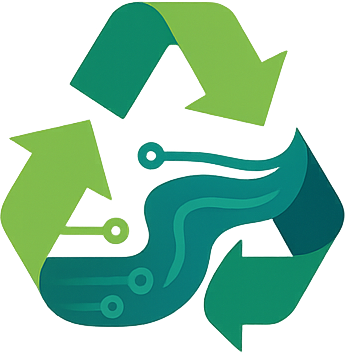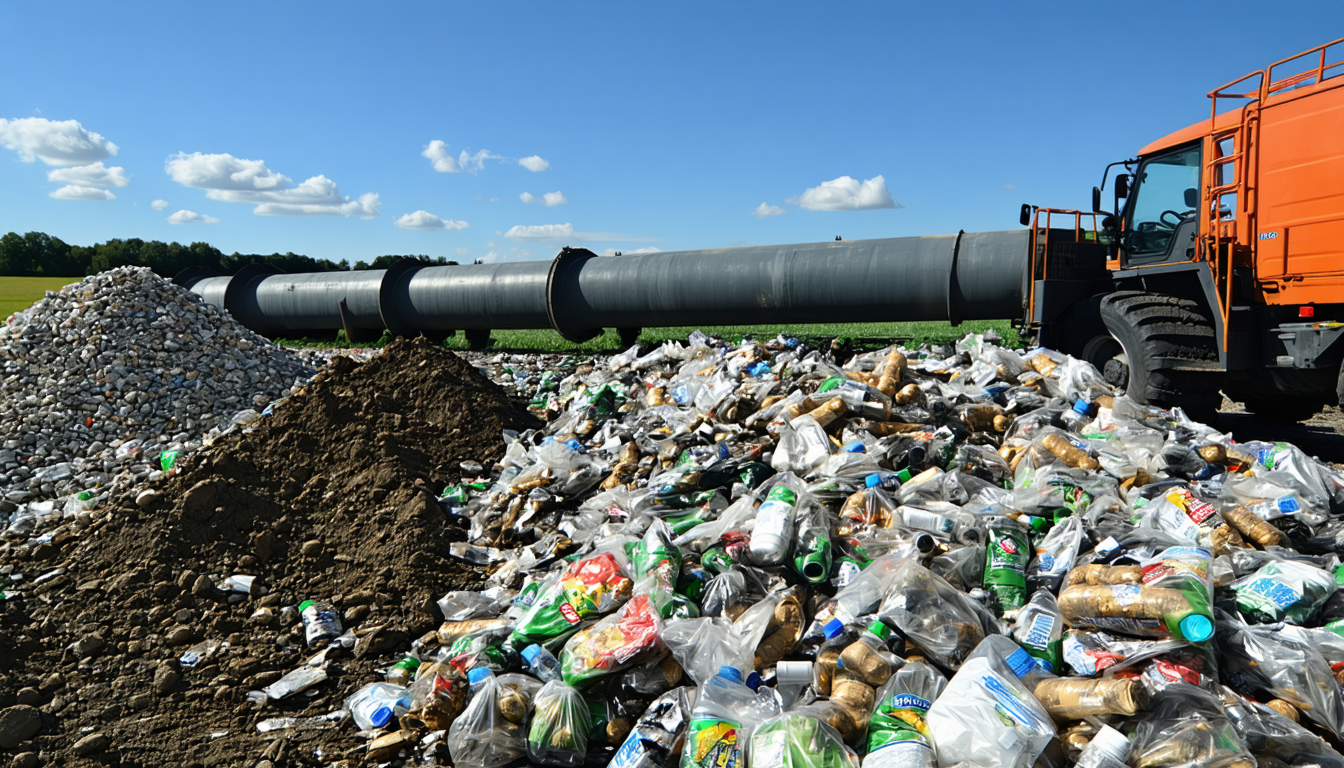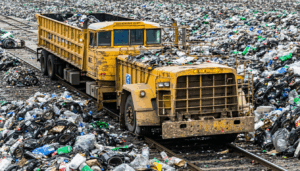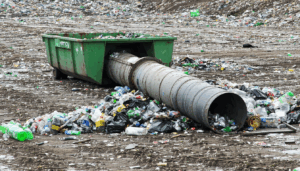In the United States, the management of bio waste—organic materials like food scraps, yard waste, and biosolids—has become a pressing environmental and public health concern. With millions of tons generated annually, innovative solutions and stricter regulations are shaping the future of bio waste disposal. This article explores the latest advancements, legislative updates, and their impact on communities and industries. From cutting-edge composting technologies to federal initiatives, we uncover how the nation is tackling this growing challenge while striving for sustainability.
The Growing Challenge of Bio Waste Disposal in the US
Bio waste accounts for a significant portion of municipal solid waste in the United States. According to the Environmental Protection Agency (EPA), over 60 million tons of food waste alone were generated in 2019, with only a fraction being composted or recycled. Much of this waste ends up in landfills, contributing to greenhouse gas emissions like methane—a potent driver of climate change.
The urgency to address this issue has spurred action across multiple sectors. States like California and Vermont have implemented mandatory organic waste diversion programs, pushing businesses and residents to rethink disposal methods. These efforts aim to reduce landfill dependency and promote a circular economy.
Legislative Push for Sustainable Solutions
Recent years have seen a wave of policy changes aimed at improving bio waste management. In 2022, California’s Senate Bill 1383 came into full effect, requiring municipalities to provide organic waste collection services. This landmark law targets a 75% reduction in organic waste disposal by 2025, setting a precedent for other states.
The federal government is also stepping up. The USDA and EPA have partnered on initiatives like the Food Loss and Waste 2030 Champions program, encouraging private-sector collaboration. “These policies are a game-changer for environmental stewardship,” says Dr. Emily Carter, a sustainability expert at Stanford University. “They incentivize innovation while holding industries accountable.”
Technological Innovations Transforming Bio Waste Disposal
Technology is playing a pivotal role in addressing bio waste challenges. Anaerobic digestion systems, which convert organic waste into biogas for energy, are gaining traction. Facilities in states like New York and Texas have reported processing thousands of tons of waste annually, producing renewable energy in the process.
Composting technologies are also evolving. Automated composting units are now accessible to urban communities, reducing transportation costs and emissions. These advancements not only minimize landfill use but also create valuable byproducts like fertilizer for agriculture.
Key innovations include:
– Smart Bins: Sensors that monitor waste levels and optimize collection routes.
– Biogas Plants: Converting food scraps into clean energy for local grids.
– Mobile Apps: Tools connecting households with local composting services.
Impact on Communities and Businesses
The shift toward sustainable bio waste disposal is reshaping how communities operate. Municipalities are investing in public education campaigns to encourage proper waste segregation. However, challenges remain—many rural areas lack access to composting facilities, creating disparities in implementation.
For businesses, especially in the food service industry, compliance with new regulations can be costly. Yet, many see long-term benefits. “Adopting sustainable practices has improved our brand image and reduced operational costs,” notes Sarah Bennett, CEO of GreenPlate Catering in Seattle. Small businesses are increasingly partnering with waste management firms to meet state mandates.
Future Outlook: Opportunities and Obstacles
Looking ahead, the trajectory of bio waste disposal in the US appears promising yet complex. Experts predict that by 2030, over half of all states could adopt organic waste bans similar to California’s model. Federal funding for research into bio waste technologies is also expected to grow, fostering innovation.
However, hurdles persist. Infrastructure gaps, public resistance, and funding shortages could slow progress. Balancing economic viability with environmental goals will be critical. A balanced approach that includes incentives for participation may help bridge these gaps.
In conclusion, the United States is at a turning point in managing bio waste. Through robust policies, technological advancements, and community engagement, the nation is paving the way for a more sustainable future. While challenges remain, the collective efforts of policymakers, businesses, and citizens signal hope for reducing the environmental footprint of bio waste disposal.
Frequently Asked Questions (FAQ)
What is bio waste disposal?
Bio waste disposal refers to the management of organic materials such as food scraps, yard trimmings, and biosolids. It involves processes like composting, anaerobic digestion, or landfilling to minimize environmental impact.
Why is bio waste management important in the US?
Proper management reduces greenhouse gas emissions from landfills, conserves resources through recycling, and supports sustainable energy production via biogas.
What are states doing about bio waste?
States like California and Vermont have enacted laws mandating organic waste diversion from landfills, requiring composting or other recycling methods.
How can individuals contribute to better bio waste disposal?
Households can participate by separating organic waste, using composting services, or advocating for local waste management programs.
What technologies are helping with bio waste?
Innovations include anaerobic digesters for energy production, smart bins for efficient collection, and automated composting systems for urban areas.





